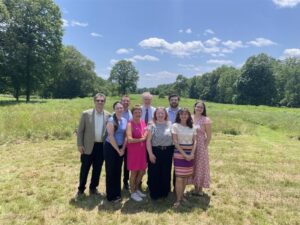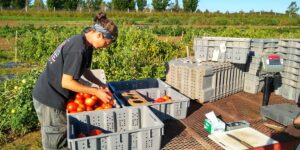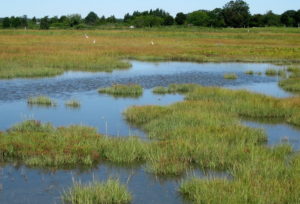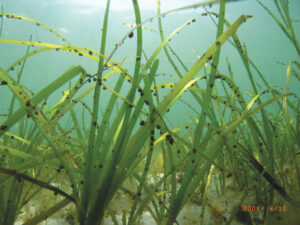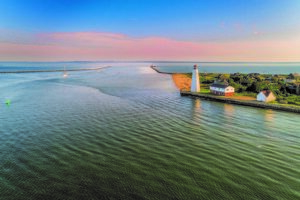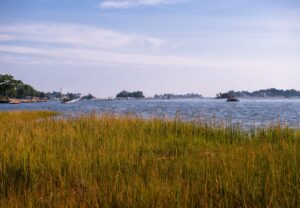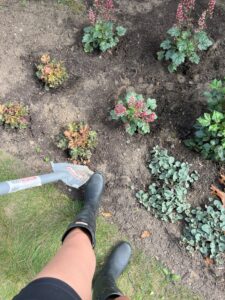-
Celebration Honors 40 Years of Action to Improve the Long Island Sound
NEIWPCC joined senior officials from the EPA, Connecticut and New York, along with many other partners, on June 20 in Rye, NY, to celebrate 40 years of progress in restoring…
-
New Bioextraction Research Informs Water Quality Work in the Long Island Sound
Nutrient pollution resulting from wastewater, fertilizer and stormwater runoff negatively impacts the health of the Long Island Sound and its coastal bays, harbors, and tidal estuaries. One way to address…
-
Long Island ‘Garden Rewards’ Reimbursement Program Available to Help Reduce Runoff and Nitrogen Pollution
Long Island property owners have a unique opportunity to play a role in reducing stormwater runoff, a primary contributor to nitrogen pollution in local waterways, through the annual Garden Rewards…
-
New Report Examines Habitat Connectivity in the Long Island Sound
The Long Island Sound Study (LISS) and its partners have a new resource to inform habitat conservation actions. The “Assessment of Existing Coastal Habitat Connectivity Data and Models for Feasibility…
-
New StoryMap Explores the Land and People of the Long Island Sound Watershed
From the forested headwaters of the Connecticut River along the Canadian border, to the bustling urban landscape of Bronx, New York, a new StoryMap provides insight on the people that…
-
Funding Available for Long Island Sound Eelgrass Restoration Program
NEIWPCC, in cooperation with the Long Island Sound Study (LISS) National Estuary Program and its partners, is inviting proposals to develop and initiate a long-term and large-scale eelgrass seed dispersal…
-
Reducing Long Island Sound’s Hypoxic Waters
By James Ammerman For decades, the Long Island Sound (LIS), located between New York and Connecticut, has had a chronic problem with bottom water hypoxia, or oxygen depletion, due to…
-
Long Island Sound Study Seeks Input on Draft Conservation Plan
The Long Island Sound Study (LISS), a NEIWPCC program partner, has opened a 60-day public comment period for formal review of the full draft 2025 Comprehensive Conservation and Management Plan…
-
Long Island’s Stormwater Mitigation Program to Start Accepting Submissions
Following a successful pilot in 2023, the ‘Garden Rewards’ program will soon accept applications for year two. Through the program, Long Island homeowners looking to help curb stormwater runoff are…
-
Funding Available for Long Island Sound Eelgrass Habitat Suitability Model
NEIWPCC, in cooperation with the Long Island Sound Study National Estuary Program and its partners, is inviting proposals for the development of a GIS-based eelgrass habitat suitability model. Eelgrass is…
